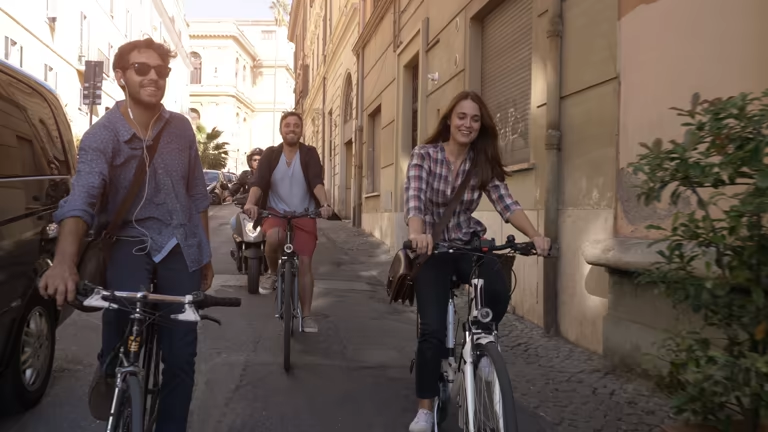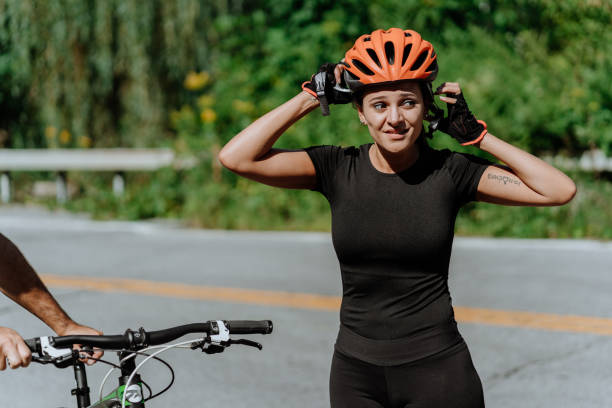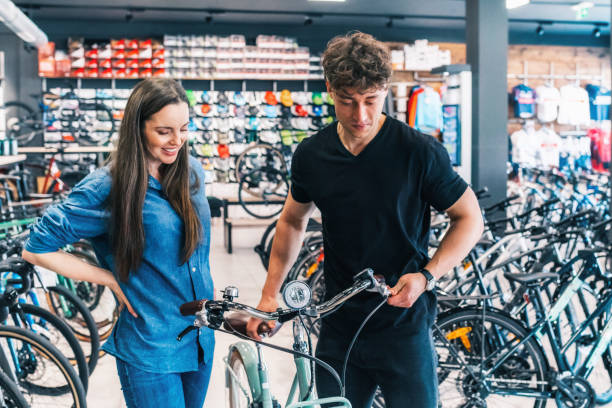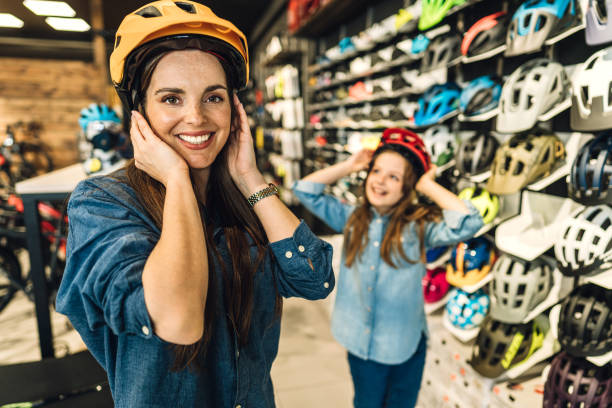Navigating Traffic: Tips for New Urban Cyclists
This post contains affiliate links. This means I will make a commission at no extra cost to you should you click through and make a purchase. Read the full disclosure here.
Yes, you can bike in the city—even if cars make you nervous.
City biking sounds a little… intense, right?
All those cars. Horns. People in a rush. It’s a lot.
But here’s the good news:
Urban cycling doesn’t have to feel scary.
With a few smart tips, you can ride with confidence—even if you’re brand new.
Start with the Right Mindset
You’re not “in the way.”
You belong on the road.
In fact, most cities encourage biking—it helps with traffic, pollution, and health.
So let’s stop shrinking and start pedaling with purpose.
Gear Up for Visibility
City streets mean you need to be seen—day or night.
Here’s your visibility starter kit:
– A bright helmet (safety + statement piece)
– A white front light + red rear light
– Reflective strips or vest for your jacket or backpack
The goal: You want to be hard to miss—in the best way possible.
Learn to Read the Road
Yes, there are rules—but there’s also flow.
Here’s what to look out for:
– Bike lanes. Use them when they exist, but always keep an eye out for turning cars or opening doors.
– Stop signs + lights. Yes, you have to stop too.
– Right turns. Watch drivers turning across your path—they often don’t see you.
– Door zones. Stay at least 3 feet away from parked cars.
One sudden car door = major wipeout risk.
Ride Like You Drive (But Better)
Think like a car.
Act like a bike.
Stay predictable.
That means:
– Signal turns with your arms
– Avoid weaving in and out between parked cars
– Stop behind vehicles, not next to them (especially trucks or buses)
Need a visual? This handlebar mirror helps you spot traffic behind without turning your head every 5 seconds.
Be Extra Cautious at Intersections
This is where most accidents happen.
A few golden rules:
– Don’t assume drivers see you—make eye contact if possible
– Stay out of blind spots (especially for buses, trucks, and SUVs)
– When in doubt, walk your bike across a crosswalk
– Green lights don’t always mean “go fast.” Scan first.
Trust Your Gut
If something feels off—reroute.
Avoid streets that are too fast, too busy, or have zero shoulder space.
Apps like Komoot, Google Maps (bike mode), and Ride with GPS can help you find safer, bike-friendly streets.
You can even save custom routes and avoid the chaos.
When to Walk It
This isn’t a race.
If a road looks sketchy or traffic’s giving you the ick, hop off and walk.
You are not failing.
You’re being smart.
And your bike will still be there when you’re ready to roll again.
Final Thoughts
Urban cycling gets easier the more you do it.
Start small.
Use quiet streets or weekend rides to build confidence.
Layer on new challenges only when you feel ready.
You’re not just biking—you’re reclaiming space, freedom, and joy in the middle of the city buzz.
You’ve got this. Helmet on, heart open, wheels spinning.








